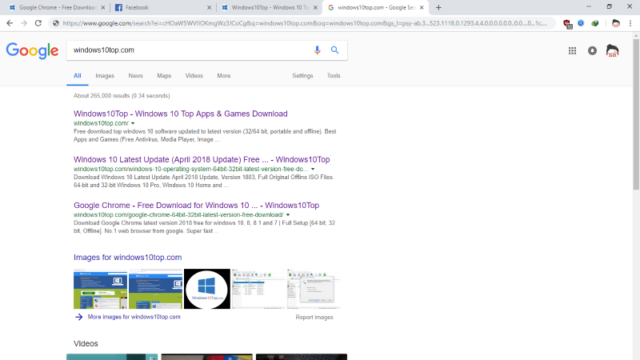

I have in the autoit registry a string to my includes LBL in Berkeley, and Oracle/Informix 4gl programming ( 1970's,1980's) etc. I am an old guy, who used to program way back when, formerly consultant, business programming, Thanks by the way for your earlier reply, and feel free to make suggestions when you have time, lol. The next error os finding binarycall, which i will try to adjust next. Update: i seem to be making progress, i believe when i saved the file JSON it got saved as a.

In the meantime, i went to github and copied 3 since it seemed it was required.īut where do i save this file, since it is called by wd_3, and it seems it is supposed to be in the sameĭirectory as 3, and it seems impossible to write the 3 file in that same directory. Thanks, i will try to go thru everything there. Type a Javascript expression to evaluate or "quit" to exit. The -repl flag runs Headless in a mode where you can evaluate JS expressions in the browser, right from the command line: $ chrome -headless -disable-gpu -repl -crash-dumps-dir =./tmp Check out Using headless Chrome as an automated screenshot tool. There's a great blog post from David Schnurr that has you covered.

If you're looking for full page screenshots, things are a tad more involved. Running with -screenshot will produce a file named screenshot.png in the current working directory.

To capture a screenshot of a page, use the -screenshot flag: chrome -headless -disable-gpu -screenshot Ĭhrome -headless -disable-gpu -screenshot -window-size = 1280,1696 Ĭhrome -headless -disable-gpu -screenshot -window-size = 412,732 The -print-to-pdf flag creates a PDF of the page: chrome -headless -disable-gpu -print-to-pdf # Taking screenshots The -dump-dom flag prints to stdout: chrome -headless -disable-gpu -dump-dom # Create a PDF There are some useful command line flags to perform common tasks. In some cases, you may not need to programmatically script Headless Chrome. If you're on the stable channel of Chrome and cannot get the Beta, I recommend using chrome-canary: alias chrome = "/Applications/Google\ Chrome.app/Contents/MacOS/Google\ Chrome"Īlias chrome-canary = "/Applications/Google\ Chrome\ Canary.app/Contents/MacOS/Google\ Chrome\ Canary"Īlias chromium = "/Applications/Chromium.app/Contents/MacOS/Chromium"ĭownload Chrome Canary here. Since I'm on Mac, I created convenient aliases for each version of Chrome that I have installed. The exact location will vary from platform to platform. See /737678.Ĭhrome should point to your installation of Chrome. Note: Right now, you'll also want to include the -disable-gpu flag if you're running on Windows.


 0 kommentar(er)
0 kommentar(er)
